Costa Rica enters lore of dragon
Updated: 2015-03-16 03:41
By MAO PENGFEI in Mexico City For China Daily(China Daily Latin America)
|
||||||||
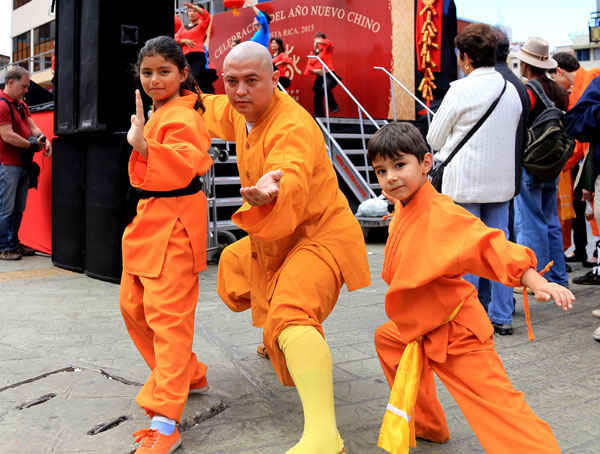 |
|
Francisco Lee and two of his Kung Fu students at the Happy Spring Festival fair in San Jose, Costa Rica, on Feb 15. Francisco Lee, who founded a martial arts school years ago, has about 70 students each week; most are Costa Ricans. He instructs the students, and goes to China every year to study more martial art and Buddhism. DANG QI / For CHINA DAILY |
They get together at a martial arts school nicknamed Costa Rican Shao Lin Temple, hidden away on a small and quiet street in east San Jose at a local residence.
Inside, Chinese icons are everywhere: a shrine to Buddha sits in the center of a main hall; a painted Chinese dragon adorns one wall and traditional Chinese weapons are piled together in different corners.
There's little room to practice, but the Kungfu enthusiasts have found creative ways to make the most of the space. The garage serves as the warm-up area where they do stretches. A long hallway is the preferred place for somersaults and rolls. And to practice elaborate Kungfu routines, there's always the street.
The students come from a variety of backgrounds. Daniel Ortis, a longtime practitioner who has mastered the Kungfu fist and butterfly knife, is a violinist. Kungfu, he said, complements his life as a musician.
“It has helped me a lot with patience and body relaxation. Because sometimes when I play violin, I get very tense. Kungfu helped my body and posture to be more relaxed," he said.
Jose Torres, 26, has been practicing here for seven years. Seeing him in his monk-like robe, it's hard to imagine him working as an international trader by day. Torres said martial art benefits him physically and mentally. The sweat and intensity that comes from a tough workout is followed by a refreshed and placid state of mind, he said.
Kungfu promotes "spiritual growth as well as physical and mental," said Torres. "It has helped me in every way. It has even helped me make better decisions at work. I can consider things with a cool head. In physical terms, it's good for health. People get sick much less (and) it keeps us active."
Francisco Lee founded the school years ago. Today he has about 70 students each week; most are Costa Ricans. He instructs the students, and goes to China every year to study more martial art and Buddhism.
“Costa Ricans are very interested in Chinese culture," said Lee, including its food, religion and martial arts. "Almost all Costa Ricans have seen the Chinese Kungfu films of Bruce Lee, Jackie Chan, Jet Lee (and) people here have always identified strongly with the mysticism of Chinese Buddhism."
In addition, said Lee, "Kungfu appears fantastic and mysterious in the movies, so people want to learn the ancient art."
Beyond Costa Rica, Kungfu also is popular in other Latin American countries.
A group of Chinese artists who enacted the Cultures of China - Spring Festival put on performances that featured Kongfu, as well as dance and music, in Panama City, Chile's capital city of Santiago and Brazil's Rio and Sao Paulo during the Chinese Spring Festival season.
This year's Spring Festival activities were more focused on Kungfu because Chinese martial arts already are popular in Latin America and were bound to attract greater attention.
In Brazil,Kongfu has been popular since the 1960s, and the National Kungfu/Wushu Confederation was founded in 1992. Since then it has organized 22 national championships. Brazil also hosted one South American and two Pan-American championships.
The confederation has 5,000 registered athletes, but it's estimated that more than 100,000 people in Brazil practice Kungfu/Wushu.
Although only very few of them have the chance to go to China and learn martial arts and Buddhism like Lee, most are fans of Bruce Lee, Jackie Chan and Jet Lee, the famous Chinese Kungfu stars.
Tai Chi Chuan is also widely done in Brazil. In the capital city of Brasilia, people have been practicing it for more than 40 years at a local park, which was declared a cultural heritage in 2007.
Kungfu, as a traditional Chinese image, also spurs people to learn more about this mysterious culture.
Typical Chinese festival activities have gradually become a part of local cultural events in Latin America. Chinese New Year celebrations in Brazil, Argentina, Costa Rica and elsewhere have become increasingly popular.
In Sao Paulo, this year, the Chinese Spring Festival party lasted two days and brought together more than 100,000 people. The Lantern Festival fair held last week in La Plata City, Argentina, attracted 30,000 people to enjoy Chinese customs, food, art and language.

 The CeBIT trade fair opens in Germany
The CeBIT trade fair opens in Germany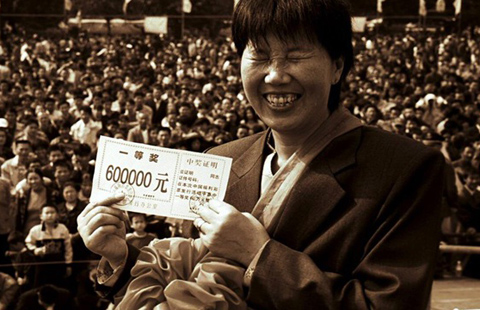
 Now and then: Lottery dream fading
Now and then: Lottery dream fading
 Braving the snow for greener pastures
Braving the snow for greener pastures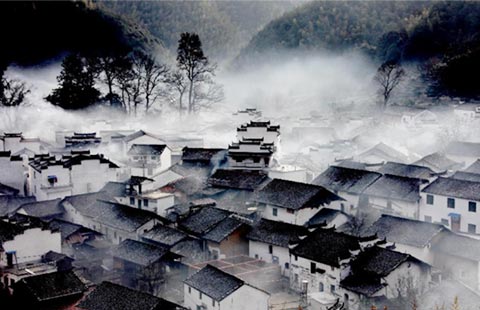
 Special: Preserve the past to live the future
Special: Preserve the past to live the future
 Push for Lunar New Year school holiday
Push for Lunar New Year school holiday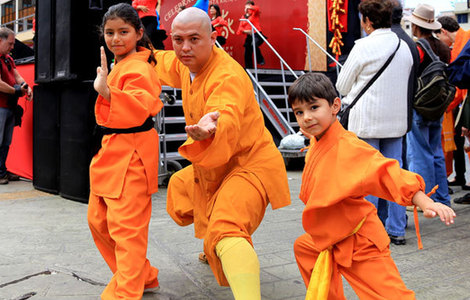
 Bruce Lee's legacy promotes Kungfu in LatAm
Bruce Lee's legacy promotes Kungfu in LatAm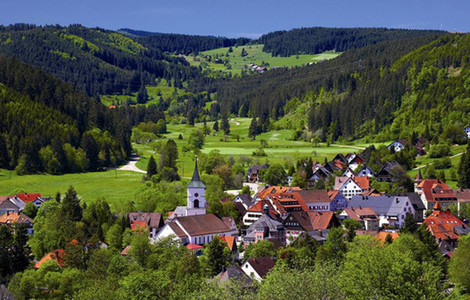
 Germany's Black Forest: a popular holiday destination
Germany's Black Forest: a popular holiday destination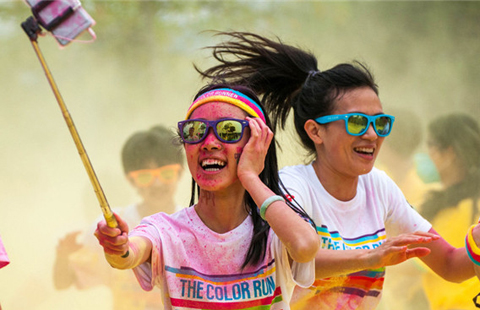
 Sea of color at Shenzhen race
Sea of color at Shenzhen race
Most Viewed
Editor's Picks

|

|

|

|

|

|
Today's Top News
Mutual respect, interests key to US relations
US targets vocational schools in visa crackdown
Washington pitched to tourist
China, Myanmar investigate deadly bombing in Yunnan: FM
Foreign investment restrictions
to be cut
Taking the fight to the terrorists
Action to be taken if deadly bombing happens again
New bureau set to boost graft fight
US Weekly

|

|







